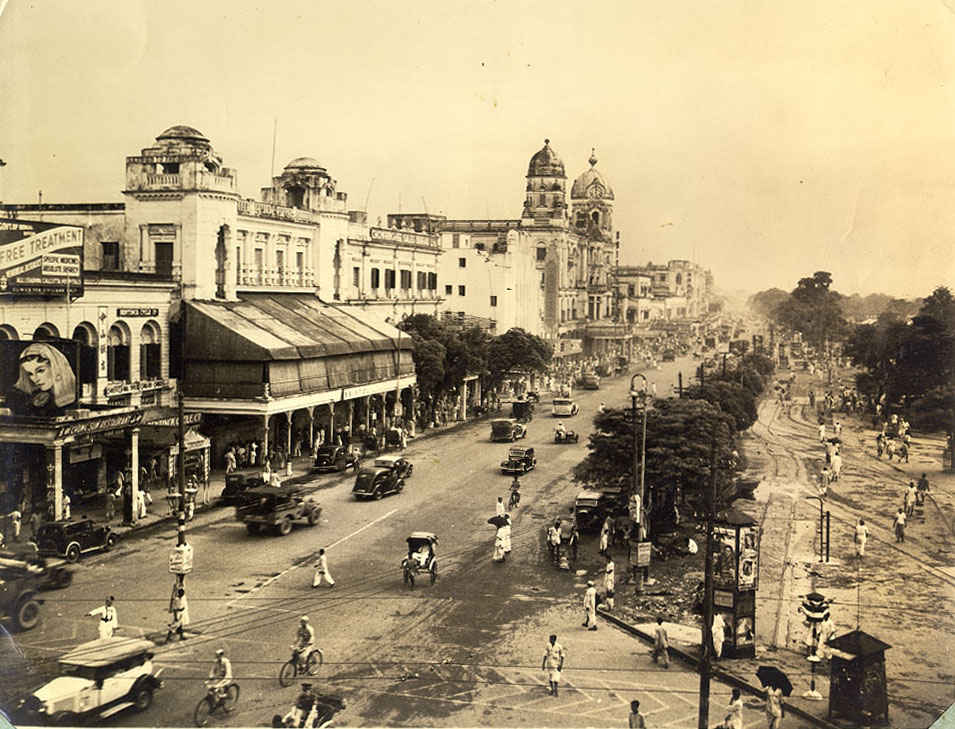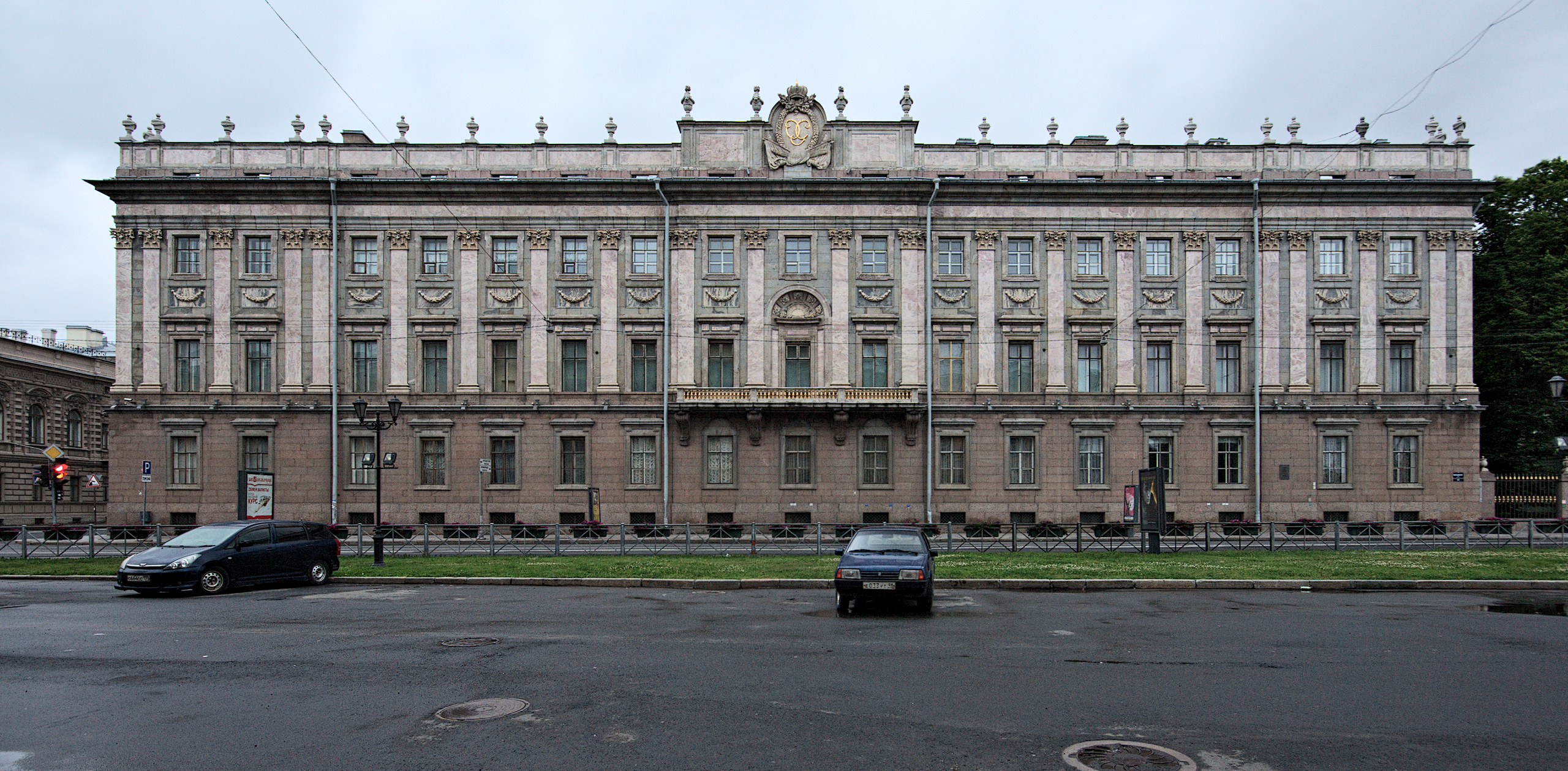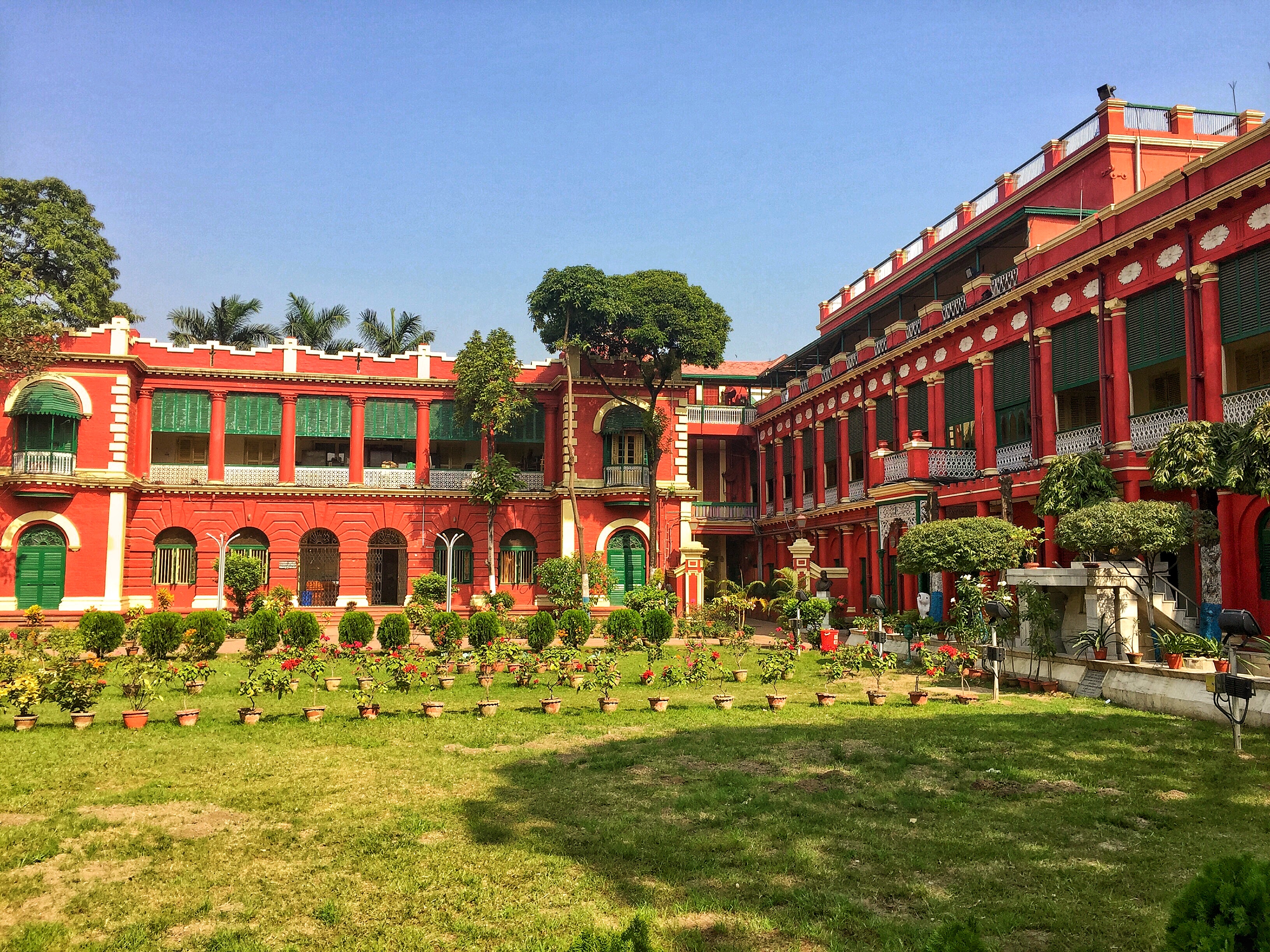Chowringhee represents a fascinating urban landscape where colonial heritage and contemporary dynamism seamlessly intertwine. This historic neighborhood in Kolkata embodies a complex narrative of cultural transformation, architectural evolution, and social metamorphosis that spans centuries of Indian history.
The area's origins trace back to the pivotal period following the Battle of Plassey, when European settlement began dramatically reshaping the landscape. British colonial administrators strategically developed Chowringhee, transforming it from rural terrain with scattered waterbodies into a sophisticated administrative and cultural hub. The construction of Fort William II catalyzed this remarkable urban development, attracting European settlers and establishing a distinctive cosmopolitan character.
Architecturally, Chowringhee stands as a remarkable testament to colonial design principles. Iconic structures like the Metropolitan Building exemplify the net-baroque style, featuring intricate domes and elegant arched windows that reflect the aesthetic sensibilities of the era. These buildings were not merely functional spaces but deliberate statements of imperial power, designed to create a Europeanized urban environment that would symbolize British administrative sophistication.
Cultural institutions have been integral to Chowringhee's identity. The Indian Museum and Government Art College represent intellectual and artistic centers that have nurtured generations of scholars and creatives. These institutions serve as repositories of knowledge, preserving and promoting Bengal's rich cultural heritage while simultaneously engaging with contemporary academic and artistic discourses.
The neighborhood's social landscape has been equally dynamic, hosting diverse communities and serving as a crucible for intellectual and political exchanges. During the Indian independence movement, Chowringhee became a critical space for political dialogue and resistance. Influential figures and revolutionary ideas circulated through its streets, contributing to the broader narrative of national transformation.
Religious and cultural diversity characterized Chowringhee's social fabric. Its proximity to Kalighat temple and its historical role as a "Pilgrim Road" underscored its spiritual significance. The area accommodated multiple faith traditions, with Christian, Hindu, and potentially other religious communities coexisting and interacting in complex, nuanced ways.
In contemporary times, Chowringhee continues to evolve, balancing historical preservation with modern urban development. Skyscrapers and shopping complexes now stand alongside heritage buildings, creating a visual metaphor for Kolkata's ongoing transformation. This architectural and social palimpsest reflects the neighborhood's enduring capacity for reinvention while maintaining a profound connection to its historical roots.
The area remains a vibrant cultural destination, attracting tourists, scholars, and locals alike. Its multilayered history, embodied in its architecture, institutions, and social dynamics, offers a compelling narrative of urban development in postcolonial India. Chowringhee stands not just as a geographical location, but as a living archive of cultural memory and continuous transformation.






